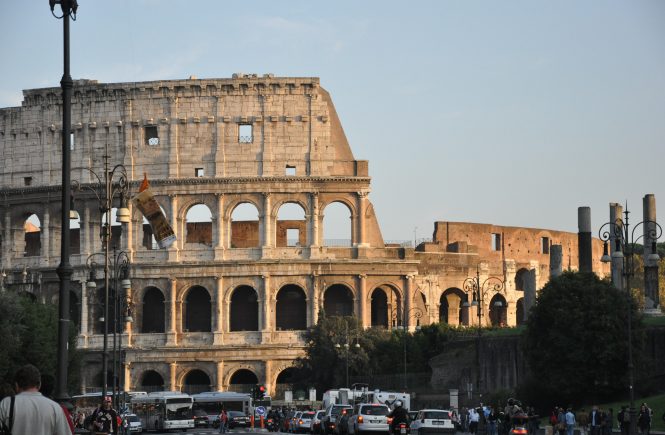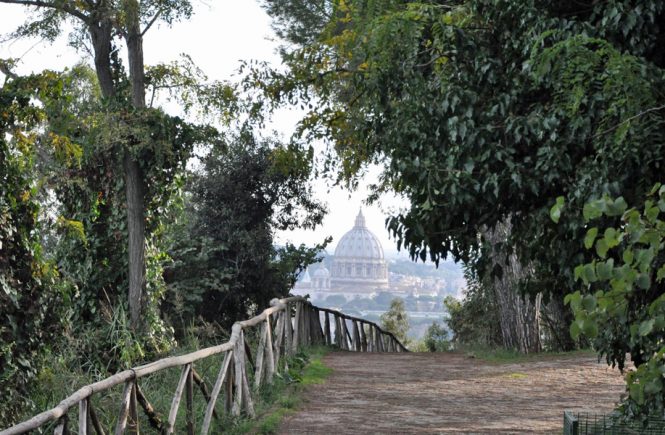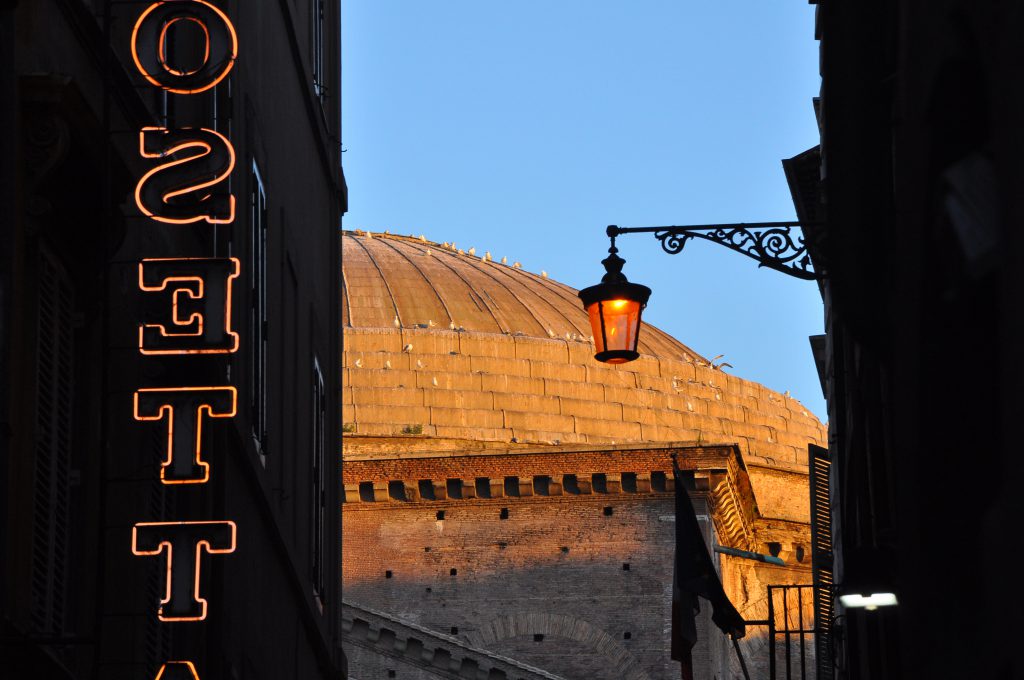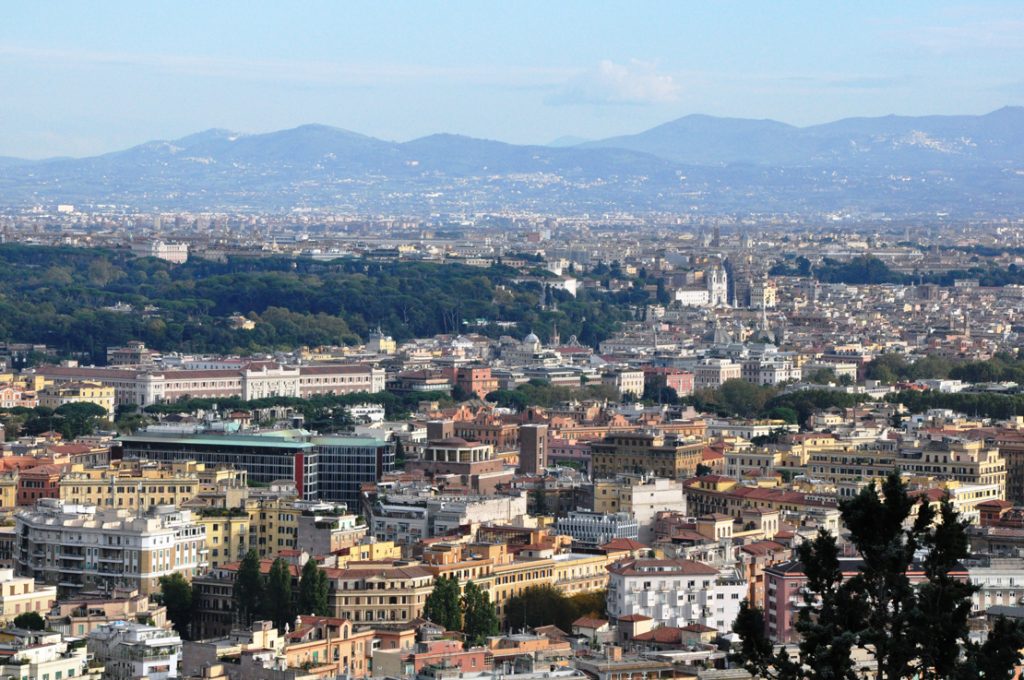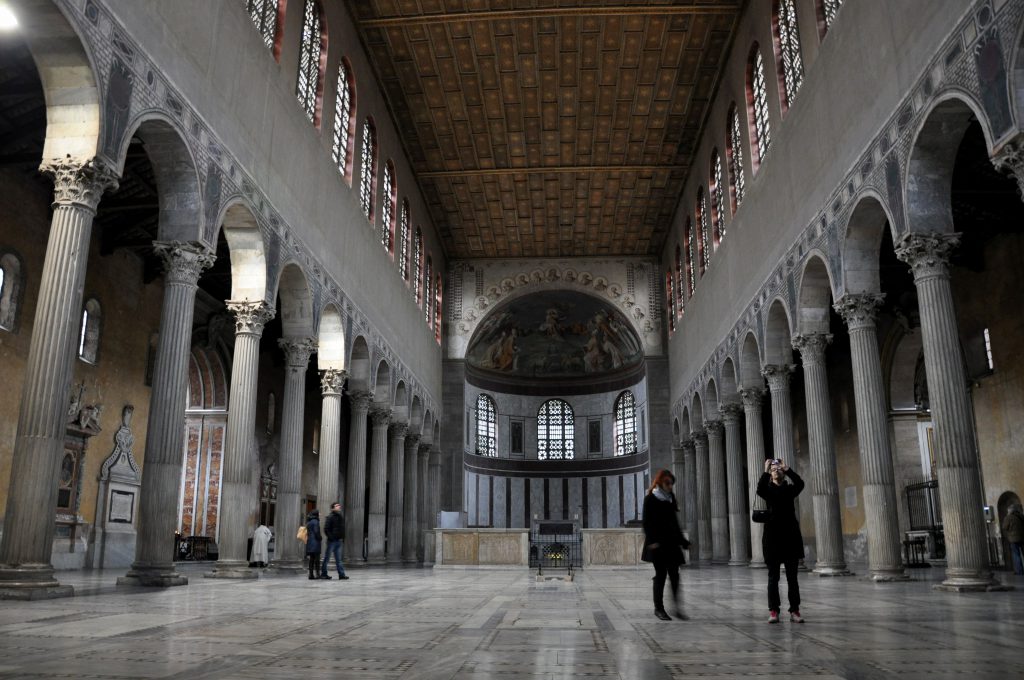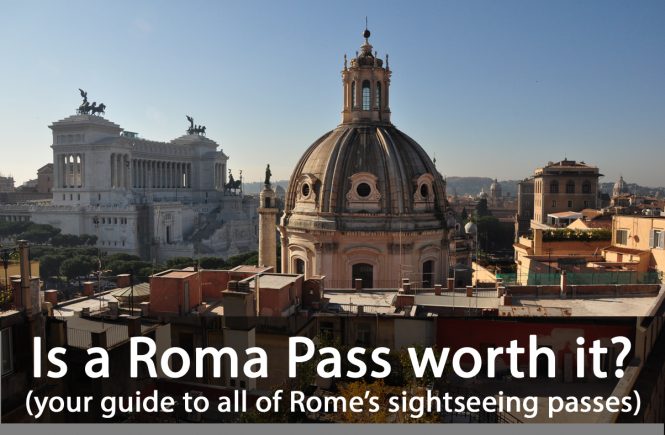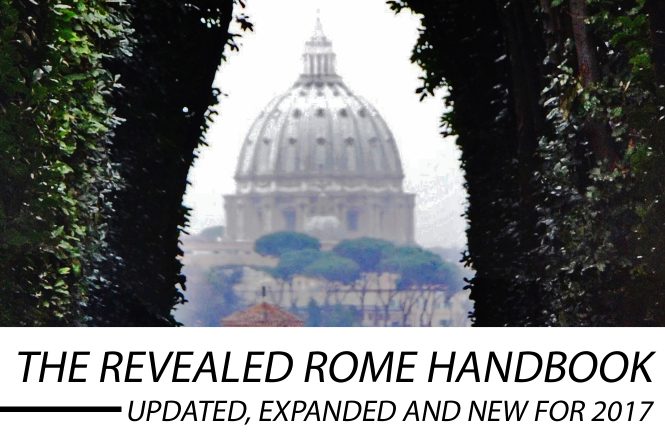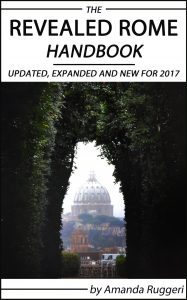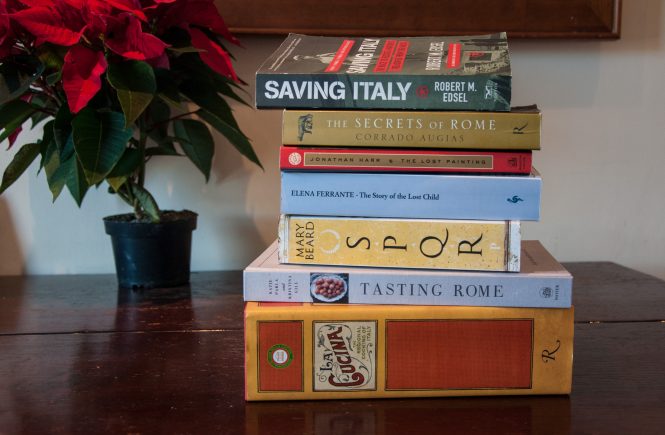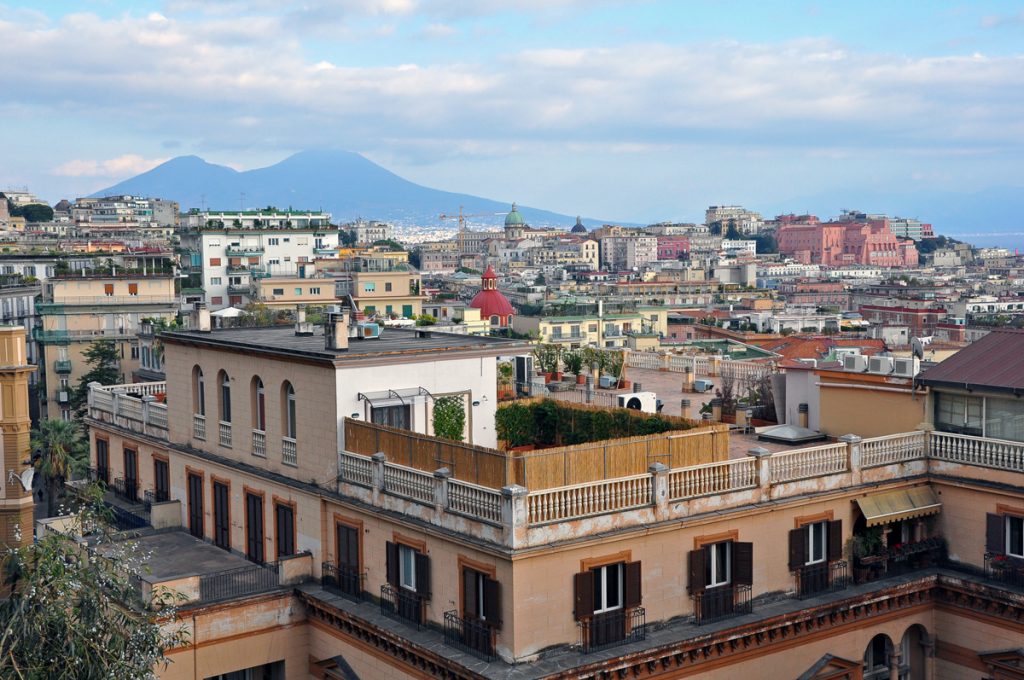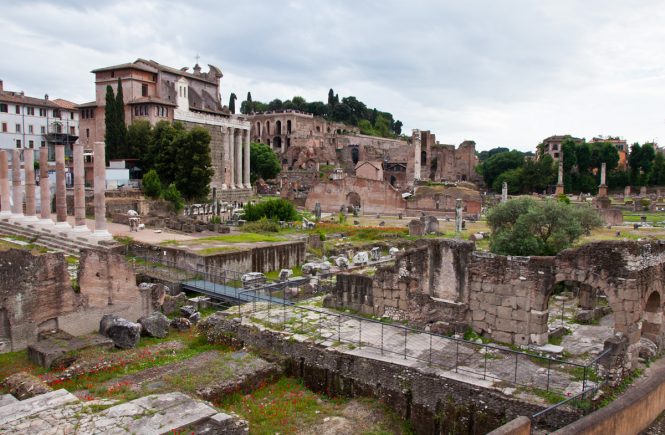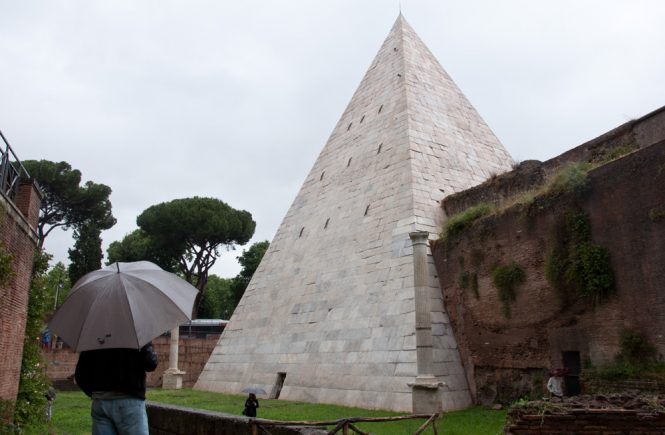Seven years ago, when the Colosseum opened its underground to the public, it was a huge deal. Now, the powers that be seem to be trying to outdo themselves: They’re topping off an extraordinary €25 million restoration with opening the Colosseum’s uppermost level. (See what I did there?)
You already could go up to the third level as part of the underground tour (confusing, I know). So despite the breathless media coverage, it’s not as if this is the first time visitors are getting the option to see the Forum and Arch of Constantine from above. Still, it is the first time they’ve been open to the public in 40 years… and, like the rest of the Colosseum, they’ve been restored to (some of) their former splendor.
Like the third level (and underground), you only can access the top tier of the Colosseum as part of a special tour. The tours, which begin on 1 November, must be pre-booked; they cost an extra €9 on top of the €12 admission fee. You should be able to book the top level Colosseum tour online, though it doesn’t seem to be an option quite yet. Watch this space.
If you liked this post, you’ll love The Revealed Rome Handbook: Tips and Tricks for Exploring the Eternal City, available for purchase on Amazon or through my site here! I’m also free for one-on-one consulting sessions to help plan your Italy trip.

